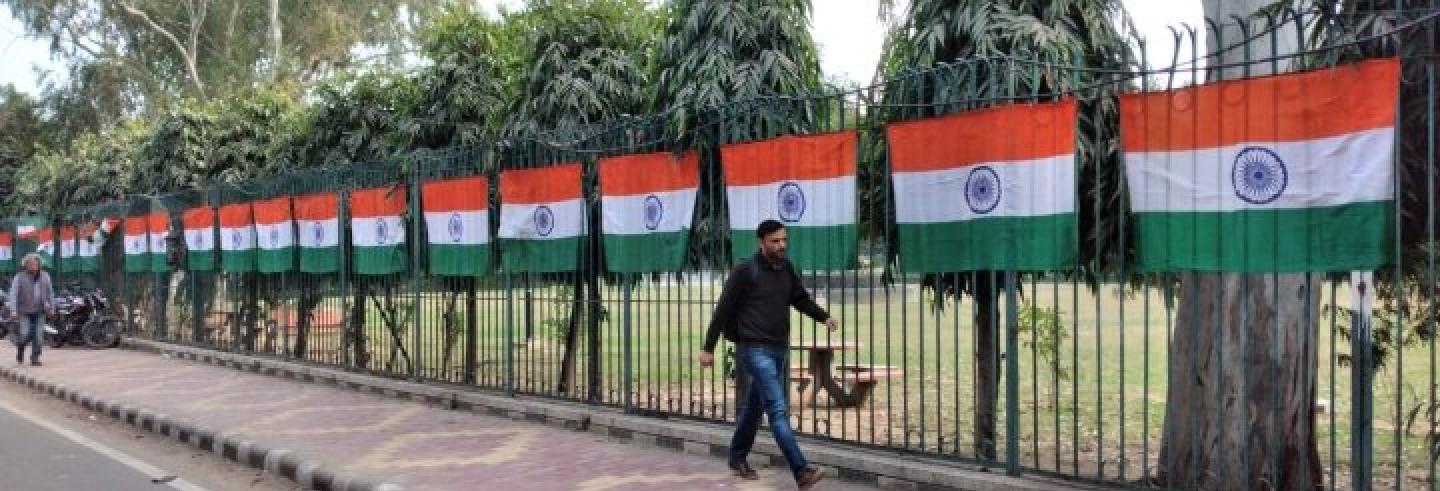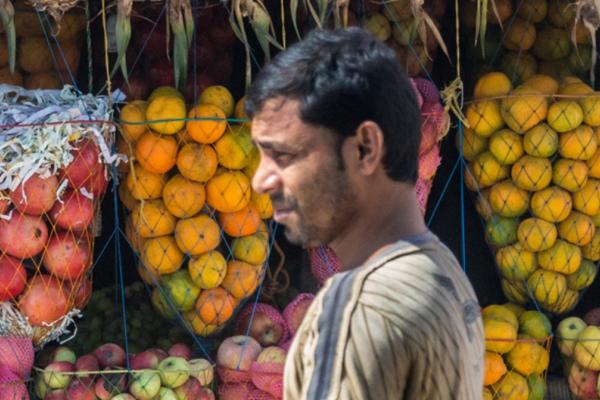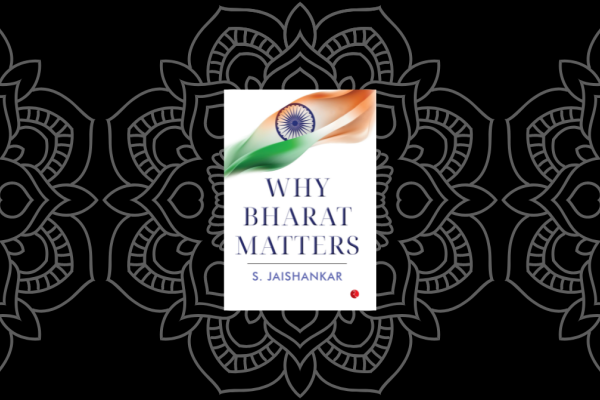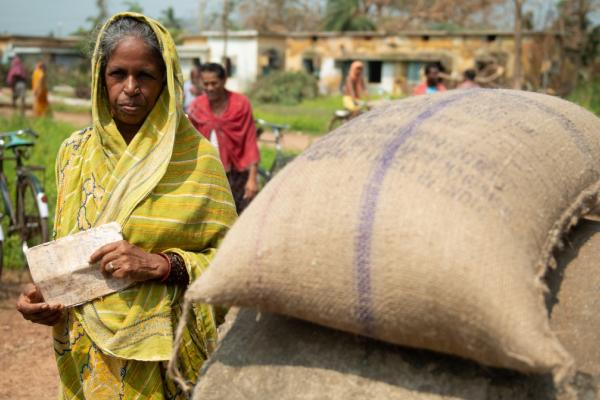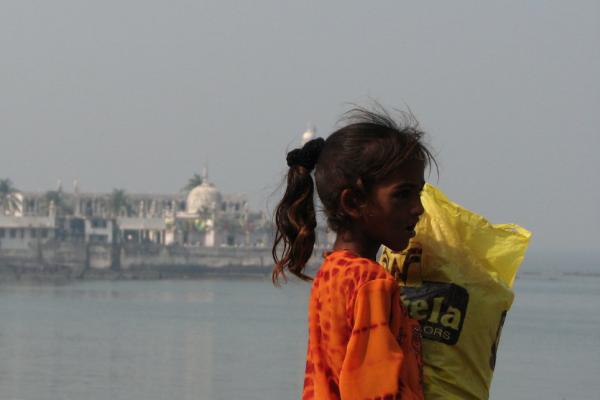While enacting the Citizenship (Amendment) Act 2019, the Bharatiya Janata Party-led (BJP) government and those supporting the regime did not expect that there would be a strong public reaction to the law. The Government was aware of the discontent in the north-eastern states, but assumed that the exemptions and concessions incorporated in the December 2019 version of the Citizenship Amendment Bill would mollify opposition to the Act to a considerable extent. It tried to project the Act as non-communal, meant only to offer citizenship and not to deprive citizenship to anyone.
Various sections – students, youth, women, intellectuals, minorities, tribals, dalits and even people belonging to upper castes and middle/upper middle classes – have come out in large numbers against the communal and divisive intent of the CAA.
Still, once the link between the apparently benign humanitarian gesture of the CAA and the declared political objective of identifying “foreigners” through a nation-wide National Register of Citizens (NRC) became apparent, people refused to remain silent spectators. Contrary to the regime’s expectations, the resistance to the CAA was not confined to the north-east, it spread to all parts of the country.
Various sections – students, youth, women, intellectuals, minorities, tribals, dalits and even people belonging to upper castes and middle/upper middle classes – have come out in large numbers against the communal and divisive intent of the CAA.
Based on their location, political compulsions and ideological stand, the communities and groups of people opposing the CAA can be classified into three streams. For a fair and comprehensive understanding of the nature and prospects of the anti-CAA movement, we need to understand the motives, objectives and dynamics of these three important streams that have enabled the anti-CAA movement to assume an all-India character.
The ‘Native’/‘Indigenous’ in the North-east
The initial opposition to the Citizenship Amendment Bill came from the north-eastern states, from civil society organisations representing the interest of what can be called the ‘native’ or ‘indigenous’ peoples, i.e., all plains and hills peoples who claim to belong to the region and are not post-19th century migrants. These organisations had opposed the CAB in its earlier January 2019 avatar and then when it was re-introduced in Parliament in December 2019. They believe that the CAA legitimises the presence of foreigners living in the north-eastern states and facilitates the entry of migrants from Bangladesh into the entire region. They refuse to buy the BJP’s communal argument that the CAA would help increase the population of the Hindus in the region and help the states fight the entry of illegal Bangladeshi Muslim migrants into the states. For them, all immigrants from Bangladesh – both Hindus and Muslims – pose a threat to their culture, resources and identity.
This fear goes back decades, indeed centuries. During the colonial period, the British in their own colonial interest, encouraged immigration of thousands of Muslim peasants from East Bengal into Assam. The Sylhet referendum that followed Partition and the Bangladesh War of Independence also led to an immigration of large numbers of non-Assamese speaking people into Assam. In Tripura the indigenous tribals were reduced to a minority after the inflow of refugees and migrants from what was first East Pakistan and then Bangladesh.
Assam witnessed a powerful anti-foreigner movement in the late 1970s when students and youth organisations led a massive agitation demanding detection and deportation of all foreigners. The agitation ended in 1985 with the Assam Accord that set 1971 as the cut-off year for identification of migrants from abroad (Bangladesh). In contrast, the CAA proposes December 31, 2014 as the cut-off date for granting citizenship to non-Muslim migrants/refugees. If the CAA is implemented, all Hindu migrants who entered Assam after 1971 will also get citizenship. Hence, the Assamese people who find the CAA contradicting Clause 5.8 of the Assam Accord are up against the CAA.
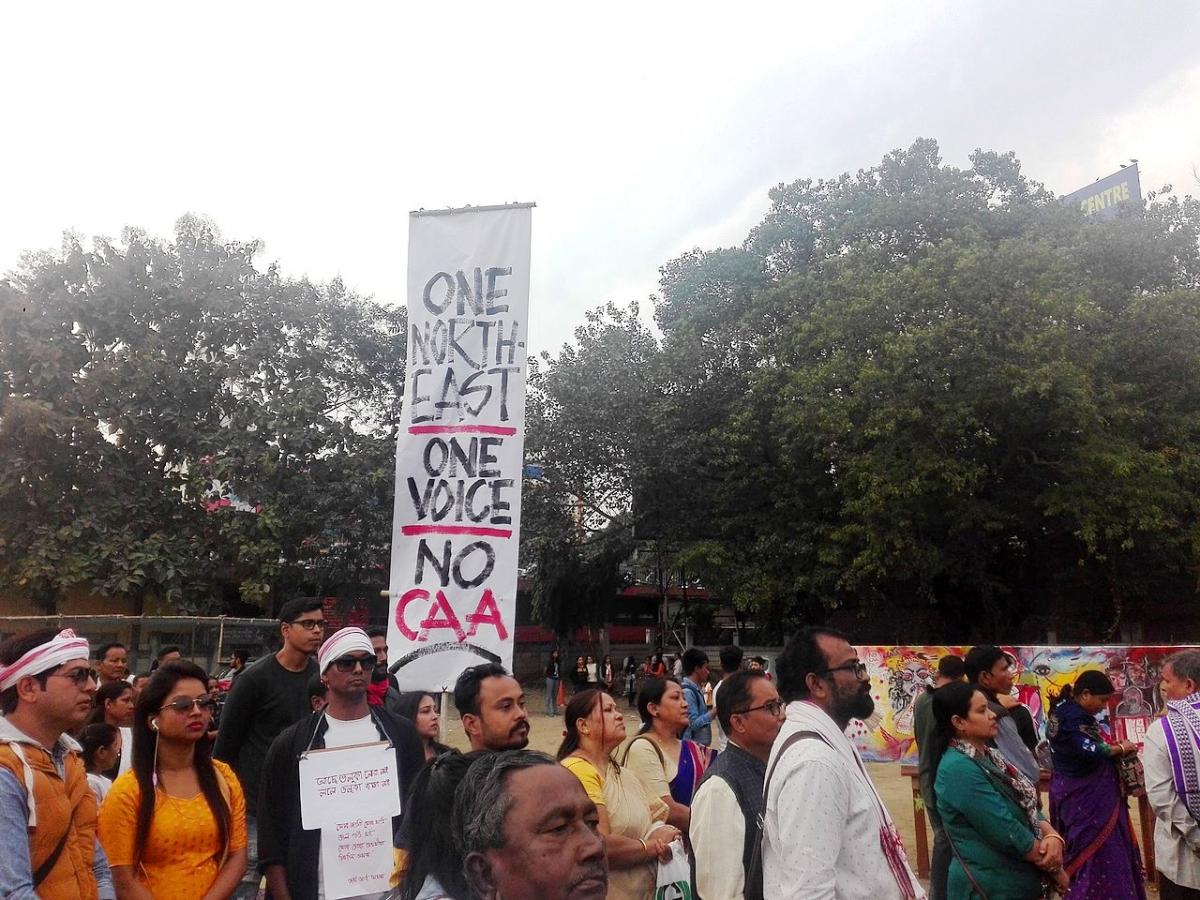
Apart from the Assamese organisations like the All Assam Students’ Union (AASU), many other organisations representing the plain tribes and the hill tribes in the north-eastern states also share the view that granting citizenship to thousands of illegal migrants will have an adverse effect on the ifuture of the original inhabitants of the states. Hence, they have come out against the BJP government in Delhi and have criticised even the regional parties and state governments that directly and indirectly supported the CAB and enabled it to become law.
By excluding the Hill States and the Sixth Schedule areas from the CAA and by promising an Inner Line Permit raj to Manipur, the central government was able to reduce the intensity of the movement in some north-eastern states. However, even now in all the states in the region there is an outpouring of public sympathy for the anti-CAA movement in Assam.
Unlike the anti-CAA movement in the rest of India which has taken a stand against the NRC as well, the indigenous civil society organisations in the north-eastern states fear the CAA, but they are not in principle against the NRC.
While all indigenous civil society organisations are united in their opposition to the CAA, it should be noted that they are not against the NRC. In fact, it was because of demands by the AASU and other organisations that Assam was put through the NRC exercise under the supervision of the Supreme Court. The final outcome of the NRC process, however, did not satisfy those who had demanded it. Contrary to the belief that several crores of Bangladeshis had settled down in Assam, the NRC Report identified a little over 19 lakhs as “foreigners”. Dissatisfied with the outcome, some of the Assamese organisations that had supported the NRC exercise began talking about a fresh NRC. The demand for another NRC received instant support from the BJP government in Assam, which was embarrassed to find that the majority of those who were left out of the NRC list were Hindus, the party’s vote bank.
Though the NRC exercise did not satisfy anyone in Assam, different indigenous civil society organisations in north-eastern states have been demanding a similar exercise in their states. The passing of the CAA in a way gave an impetus for native civil society organisations in Meghalaya to renew their demand for introduction of the ILP system in the state.
Unlike the anti-CAA movement in the rest of India which has taken a stand against the NRC as well, the indigenous civil society organisations in the north-eastern states fear the CAA, but they are not in principle against the NRC. The exercise in Assam did make people aware of the difficulties that people had to go through during the NRC process, but still many seem to entertain the belief that if the exercise is conducted properly, it would help in protecting the interests of those who consider themselves the original inhabitants of the north-east.
Religious Minorities
Outside the north-east, many religious minorities, especially Muslim students and youth, have taken to the streets to protest against the CAA. Their opposition first found expression in Jamia Millia University in Delhi and spread to the Aligarh Muslim University and other minority educational institutions. Subsequently, other sections of the community – especially women – also came out against the CAA and NRC. The Muslims’ upsurge emanates not only from the perception that the CAA is discriminatory, but also out of the fear that the CAA is a prelude to an NRC, wherein they would be forced to prove their identity as citizens of India. The Muslims as a community have little faith in the current central government or the ruling party leaders who openly appease Hindu communalism, declaring themselves as followers of the Hindutva.
In the name of fighting what they call “pseudo-secularism”, the ruling dispensation at the Centre and in some states has been giving a free hand to different fringe elements to harass and humiliate the Muslim community in the name of cow protection or fighting ‘Love Jihad’. Moves like banning and criminalising Triple Talaq, renaming of towns and the Supreme Court decision on Ayodhya have also contributed to a sense of alienation among the Muslim community.
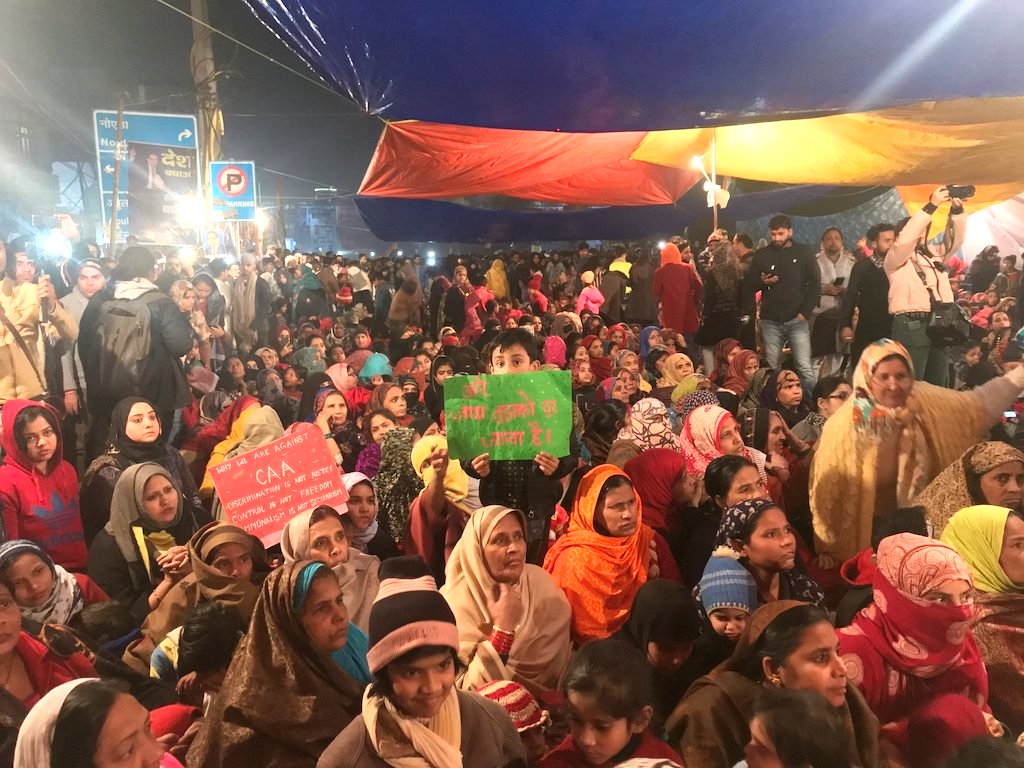
It is therefore natural for the Muslims to view the CAA and NRC as attempts by Hindutva forces to strengthen majoritarian rule and make all Muslims look like foreigners, irrespective of whether they are citizens India or not. This anguish is expressed openly in the movement against the CAA and NRC.
While the protests and demonstrations by the Muslims have remained peaceful in most places, their dissent attracted brutal repression from the state police in Uttar Pradesh and in Mangalore (Karnataka).
Although the Muslims were the first minority community to go public against the CAA, similar fears and concerns have been shared by the Christian community as well, in spite of the fact that the Act talks of giving citizenship to the persecuted Christians. Naturally the Christian community in north-eastern states and also in other parts of India are coming out in large numbers as part of the anti-CAA movement.
The Citizen Opposition of ‘Liberals’, ‘Left’ and Others
Since 2014 there has been consistent political campaign by the BJP and its allied organisations to attack any and all opposition, as 'anti-national', or 'left' (supposed to be a form of abuse) or 'liberal' (another term of abuse). Using the corporate media and the IT cells of the ruling regime that have a strong influence on social media, efforts are made to deride and malign the students, intellectuals and even those without any strong political beliefs who are agitating against the regime in power as ‘sickular’, ‘libtards’, ‘Pak supporters’, ‘urban Naxals’ and members of the so-called ‘tukde-tukde’ gang.
The regime assumed that this opposition could be isolated as they seem confined only to some universities like the Jawaharlal Nehru University, University of Hyderabad and Jadavpur University. But contrary to this belief, lakhs of students and youth – many with no association with left organisations – have been protesting against the CAA and NRC, rising above communal and caste considerations.
The students from different central and state universities and also from the elite IIMs and IITs have come out against police brutality and in support of the students of Jamia Millia, Aligarh and elsewhere.
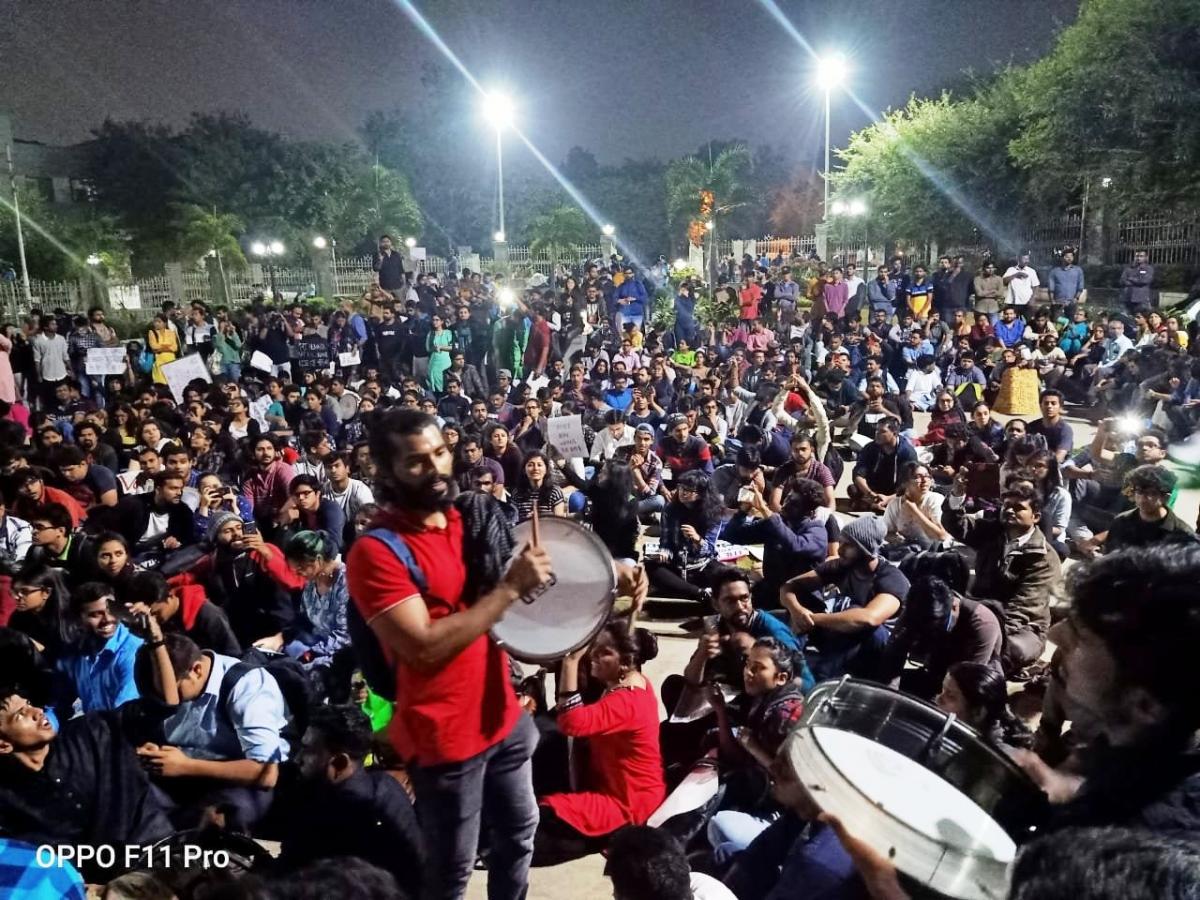
Inspired by the participation of the students and youth, many other liberal and secular minded citizens from different walks of life have participated in the anti-CAA/NRC movement. These sections have stood in support of Muslims and condemned the divisive and discriminatory politics that is destroying the 'Idea of India' as a secular and democratic republic.
Seeing in the government moves a threat to the values enshrined in the Indian Constitution, the citizen groups, comprising many shades of political opinion (leftists, liberals or just citizens concerned about the CAA/NRC) have asserted their secular credentials and have demanded equality of the minorities and the migrant population. They have exposed the inconsistencies in the statements of the ruling party leaders and by effectively mobilising the intellectual resources available to them, they have been able to outsmart the corporate media channels supporting the ruling regime. They have neutralised the Hindutva onslaught by using alternative media channels. They have appealed for a peaceful civil disobedience movement against the political regime with a unity of all sections of people.
The Way Forward
The consistent and uncompromising resistance of these three streams against the CAA and two of them against the NRC has compelled the opposition parties to express support for the movement. Some political parties like the Asom Gana Parishad (AGP), Janata Dal (U) in Bihar, Shiv Sena in Maharashtra and the YSR Congress Party in Andhra Pradesh which supported the CAB in Lok Sabha have started demanding a rethink on the National Population Register exercise (a precursor to the NRC) in their states. Even some BJP allies like the Akali Dal have advocated inclusion of Muslims in the CAA.
While appreciating the contributions of these three streams in expanding the social base of the agitation, one should not ignore the differences and contradictions between the groups. It needs to be acknowledged that although all of them are fighting against the CAA, each stream has its own rationale and logic for its opposition.
While the civil society organisations in the north-east oppose the CAA as they feel it will lead to greater immigration into their states, the opposition of the Muslim community to the CAA stems from their fear of the NRC which they feel would be used to declare them as foreigners or second-class citizens in India. The other heterogeneous groups of citizens worried about the CAA/NRC, including the leftists and liberals, see in such legislation the impending danger of fascism and consolidation of majoritarian rule in the country.
The future of the anti-CAA movement depends on how each of these streams opposing the CAA understands and appreciates the concerns of the others and makes necessary adjustments to ensure the unity of all those opposed to the Act.
Although the interests of all the three streams have merged and coincided at this historic moment, there is every possibility that the ruling regime will use the differences and contradictions to divide them and play one against the other. Efforts are on to appease the north-eastern states, suppress the Muslim assertion and vilify the general opposition as 'libtard' and the like.
The future of the anti-CAA movement depends on how each of these streams opposing the CAA understands and appreciates the concerns of the others and makes necessary adjustments to ensure the unity of all those opposed to the Act. The liberals and left should be sensitive to the fears of the civil society groups in the north-east and not dismiss them as imaginary. They must ensure that their general concern for the plight of the stateless citizens does not clash with the interests of the peoples of the north-east.
On their part, the civil society organisations in the north-east should also come out of the xenophobia that makes them view even the poor hapless migrants and refugees as exploiters and unconsciously back the divisive politics of the ruling classes. Similarly, while sympathising with the Muslims’ outburst, it is essential to ensure that their sense of alienation does not make them turn to the communal organisations that only exploit their fears and lead them towards self-destructive violent politics. This would then give an opportunity to the ruling regime to separate the Muslims from the rest of the Indian population by labelling them as anti-nationals and terrorists.
The resolution of differences through continuous dialogue would help in strengthening the unity of the three streams and strengthen the movement against majoritarianism in the country.


